All You Need to Know About Vitamin K
- By Healthy Living Liberty Lake
- •
- 26 Sep, 2017
- •
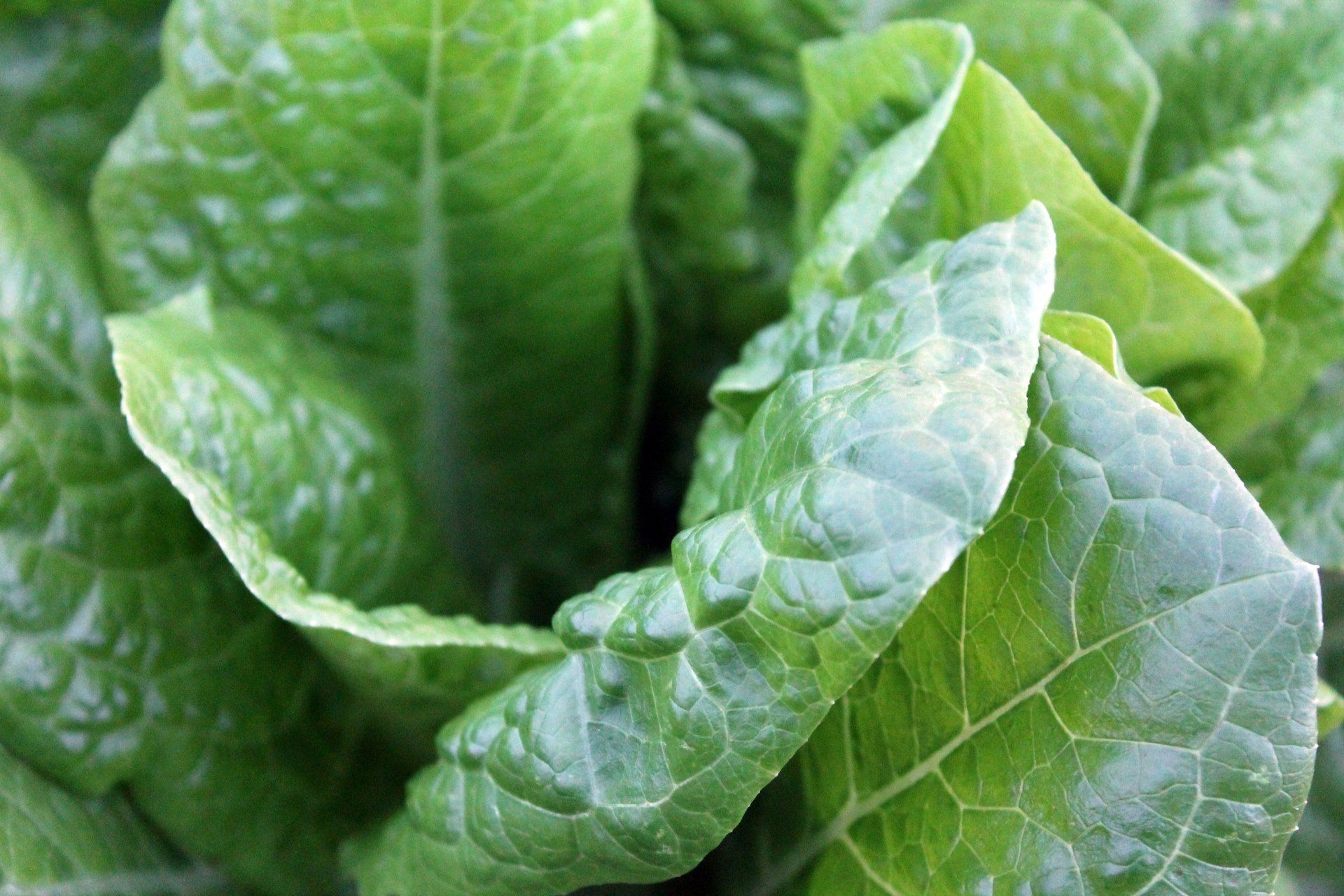
Most of us have heard of vitamin C and vitamin D, in fact, A, B, C, D, and E are all familiar. It’s like an alphabet. But many of us have never heard of vitamin K, a crucial vitamin as we age.
Not only does it protect the heart, it is also critical for bone density, stronger bone formation. That’s why patients on Coumadin, or warfarin, have a much higher risk of osteoporosis, because they are told not to take vitamin K or eat foods such as green leafy vegetables.
Now a new study in the Journals of Gerontology, researchers examined 1089 seniors. They measured their levels of vitamin K. Then they looked at a number of physical attributes related to their leg strength and function. This included measuring leg strength, gait speed, and a physical performance battery.
Those with higher vitamin K levels tended to have higher leg strength and gait speed results.
Those with low levels of vitamin K were then given vitamin K supplements for several years. The same measurements were then made, and sure enough, the strength and gait scores improved. Balance also improved, and as any of us that are over age 60 knows, our sense of balance is not as strong as when we were younger, leading to more falls.
A simple test you can do right now is this: stand on one leg for 20 seconds without falling, and then stand on the other for 20 seconds. You should be able to do this easily, and if you cannot, your balance systems are impaired and you are at risk of falling.
Vitamin K is also crucial for the immune system and helps to prevent infectious disease such as pneumonia. It helps prevent tooth decay. There is much research using vitamin K in oncology, as it has been shown to provide substantial protection against cancer of the prostate, colon, stomach, non-Hodgkins lymphoma, nasopharynx, and oral cancers.
It also helps to improve insulin sensitivity, and those with higher vitamin K levels have a 20% less risk of developing diabetes. There are three forms of K, K1, K2, and K3. The best form of supplementation is vitamin K2, also called menaquinone. K2 is made by the bacteria that line the gastrointestinal tract, and goes straight to the blood vessel walls, bones, and tissues other than the liver.
K2 is natural, non-toxic – even at 500 times the RDA. It is a fat-soluble vitamin, and therefore requires fat to be absorbed properly – take it with a meal that contains some fat.
Foods that have K2 include:
- Fermented foods – the food highest in natural K2 is natto,
which is a form of fermented soybeans consumed in Asia
- Dark green vegetables, broccoli, Brussels sprouts, cabbage,
cucumbers, and asparagus
- Scallions
- Whole egg mayonnaise
- Liver
- Dark turkey meat
- Lamb or duck
- Prunes
- Dried basil
So either take vitamin K2, or eat many of the foods listed above, and your body will thank you!
By Dr. Susan Ashley, M.D.

By Dr. Susan Ashley, MD

By Dr. Susan Ashley, MD
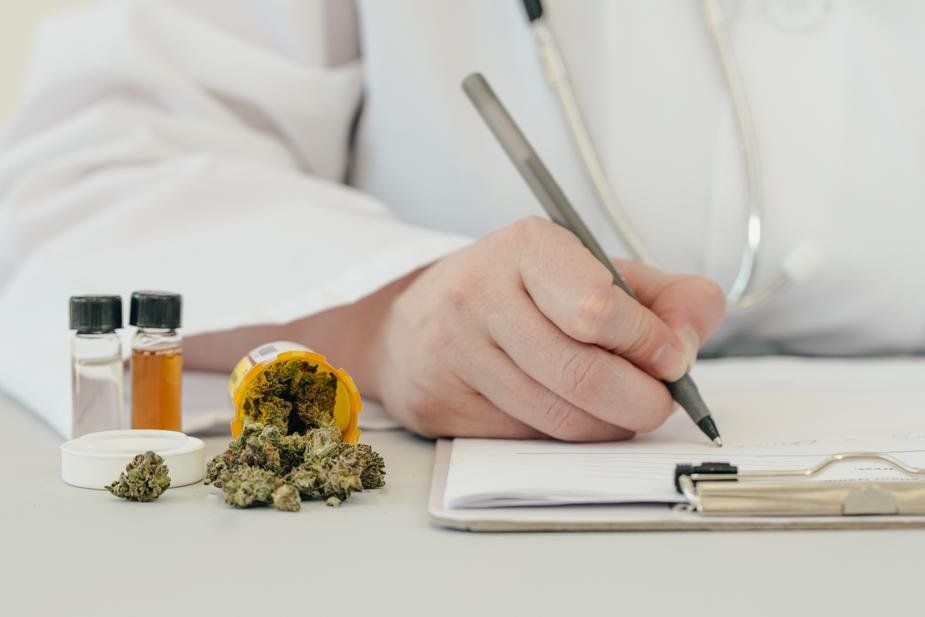
Opiates taken long term also leads to a reduced pain threshold, meaning a person on them will feel pain at a much earlier level than someone else.
There's a lot of interest now in using cannabis to reduce chronic pain, and studies have shown they can be quite effective for neuropathy, migraines, spasticity and joint pain.
However, it doesn't always work, and now a new study shows why.
Then at the end of the 4 years, the people who used cannabis for pain had greater pain severity scores They also found that the meds and other remedies taken for pain were less likely to be effective. In addition, they had greater generalized anxiety disorder severity scores. The bottom line-- the cannabis users were not able to decrease the use of narcotics. Why?
Because of the well known fact that chronic narcotic use decreases pain threshold. In fact in some people the threshold becomes so low that even minor pains can seem intolerable. In essence, the narcotics cancel the pain relieving effects of the cannabis.
Chronic opiates should be avoided as much as possible in chronic pain. Tolerance develops quickly, addiction can occur, and pain threshold is lowered. If you have chronic pain, use other modalities first to try to alleviate the pain. This includes cannabis, acupuncture, anti-inflammatory drugs, weight loss, energy medicine, and stem cells. We have used IV stem cells for reduction of neuropathy pain with good effects.
By Dr. Susan Ashley, MD

Not only that, but those who walked at a fast pace reduced their risk of death even further, by 24 percent.
All it took was putting one foot in front of the other a little more quickly!
And when the researchers zeroed in on cardiovascular disease deaths among participants over age 60, the results were even more striking.
Compared to the slowest walkers, average-paced walkers slashed their risk of dying from cardiovascular disease by 46 percent -- and the fast-paced walkers slashed it by a whopping 53 percent.
Now, the study didn't determine exactly how walking at a faster pace can add years to your life. And how fast do you have to walk just to hit the "average" mark? How brisk is brisk?
In the study, a "fast" pace was defined as one that makes you slightly out of breath or sweaty when sustained. That could vary depending on how much you weigh, how much sleep you got, how much you ate earlier in the day, etc. So there was no exact speed such as 3 mph or 4 mph.
By Dr. Susan Ashley, MD
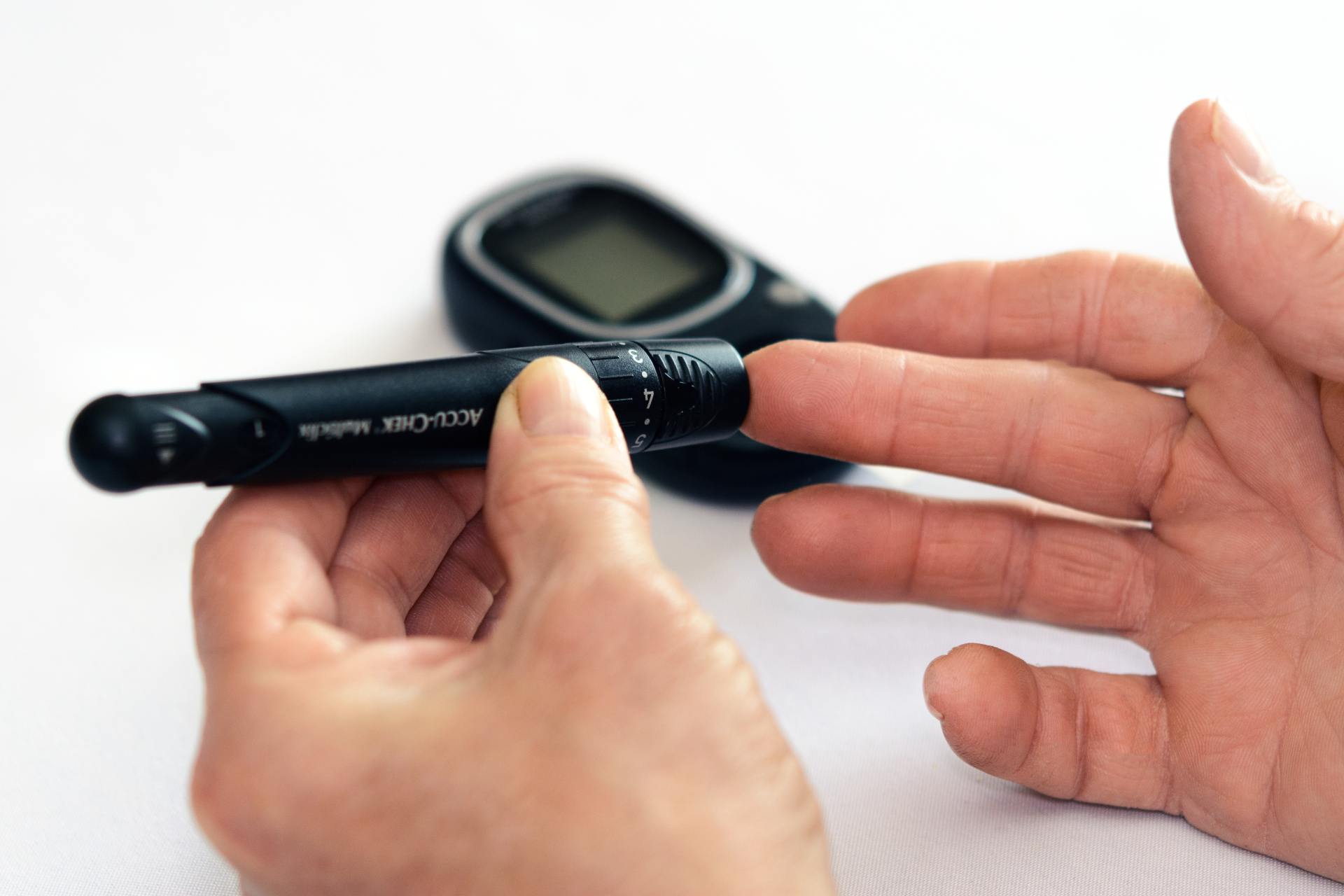
By Dr. Susan Ashley, MD
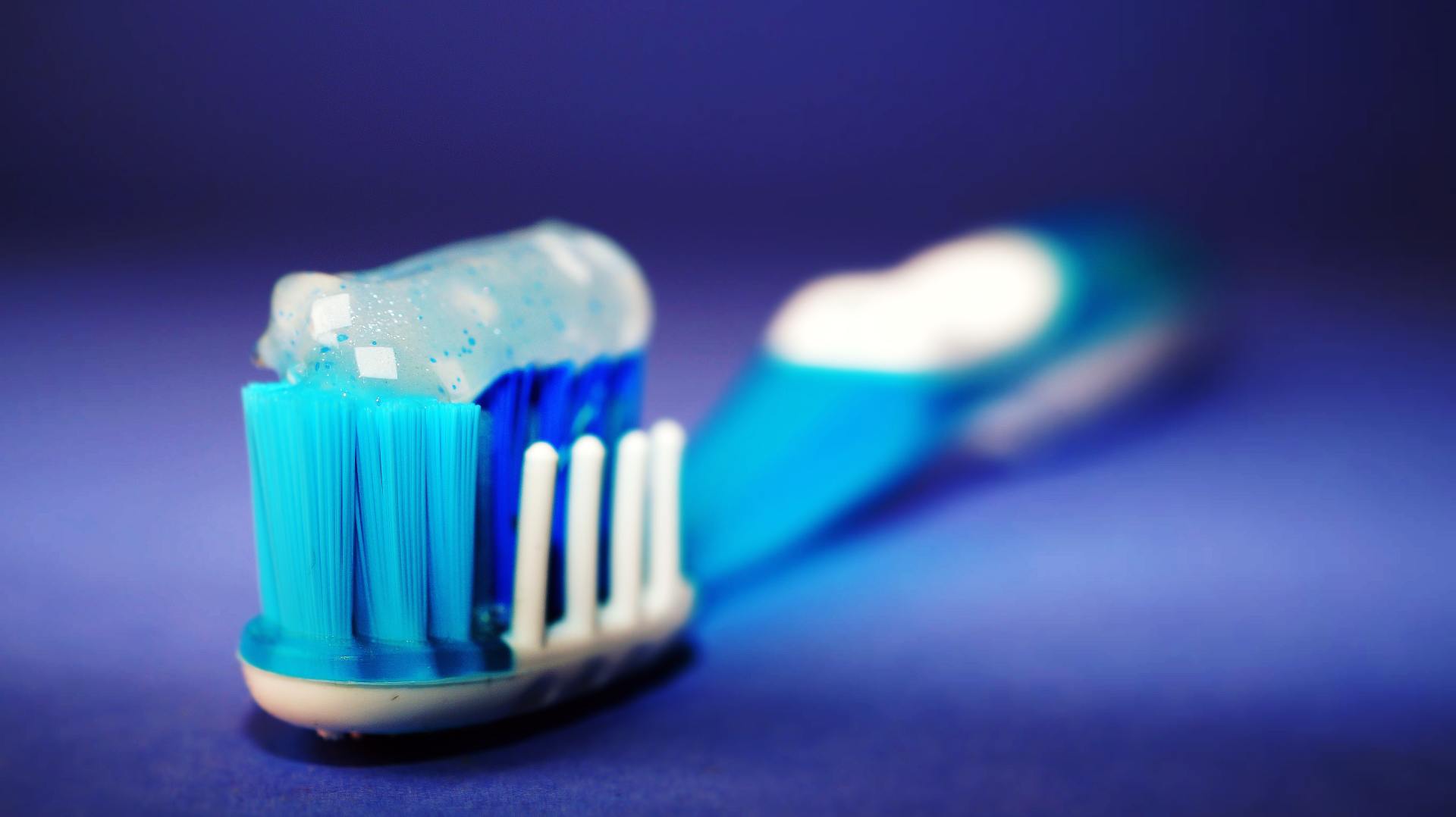
Side effects of triclosan include:
- About 1/2 cup coconut oil
- 2-3 Tablespoons of baking soda
- 2 small packets of stevia powder
- 15-20 drops of peppermint or cinnamon essential oil
- 10 drops myrrh extract (optional)
Natural Toothpaste Instructions
- Melt or slightly soften coconut oil.
- Mix in other ingredients and stir well. If using semi-hard coconut oil, use a fork, if not, use a spoon. If you are using completely melted coconut oil, you will need to stir several times while the mixture cools to keep the baking soda incorporated.
- Put mixture into small glass jar (I make different ones for each family member)
- Let cool completely.
- To use: dip toothbrush in and scrape small amount onto bristles. Could also use a small spoon to put on toothbrush.
By Dr. Susan Ashley, MD

By Dr. Susan Ashley, MD

By Dr. Susan Ashley, MD

By Dr. Susan Ashley, MD
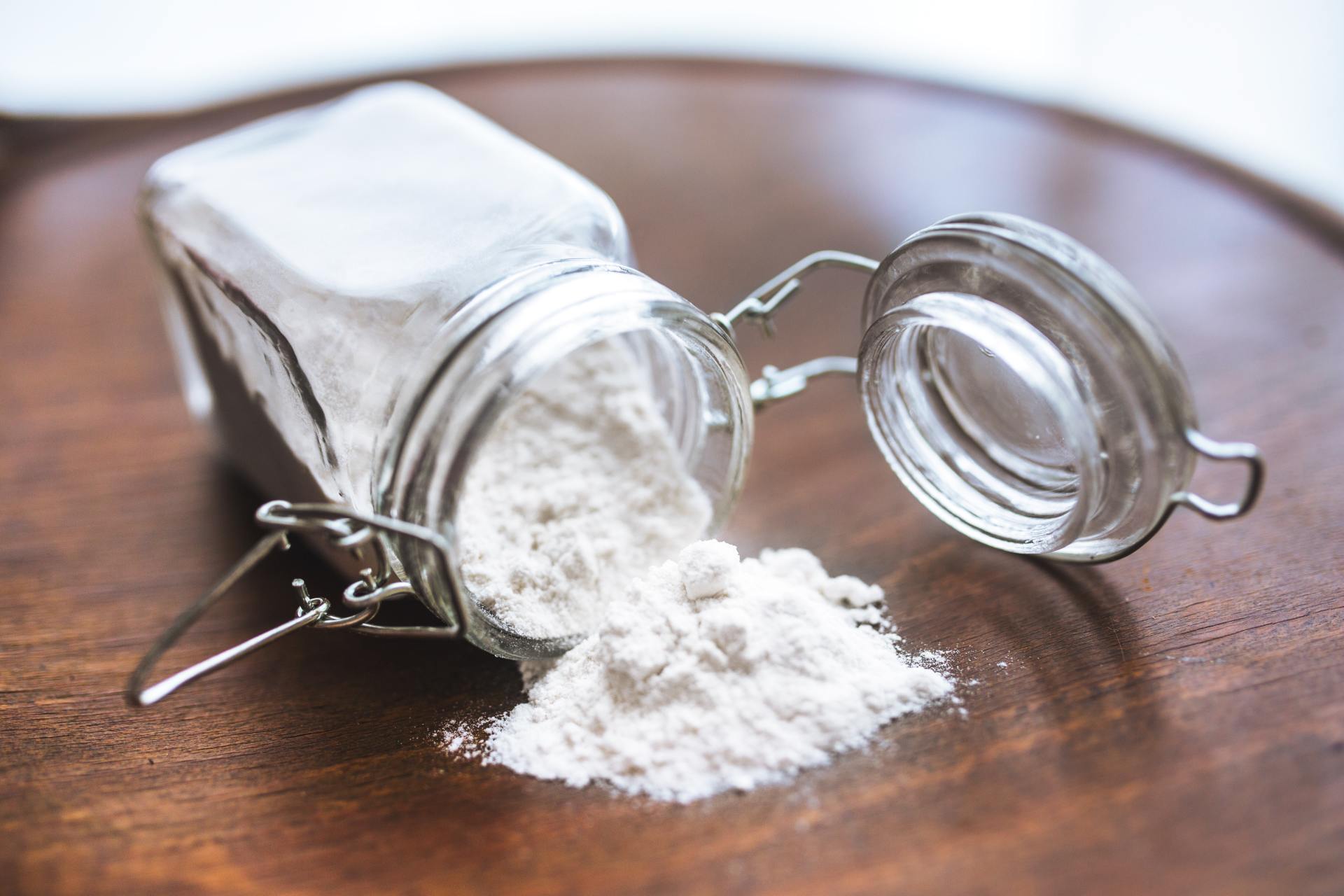
By Dr. Susan Ashley, MD
